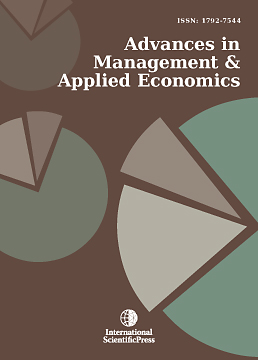Advances in Management and Applied Economics
Market Concentration in the Grocery Retail Industry: Application of the Basic Prisoners’ Dilemma Model
-
 [ Download ]
[ Download ]
- Times downloaded: 12268
-
Abstract
We assess spatial concentration ratios in the grocery retail industry across four regions of the country to determine whether there is evidence of covert collusion among the retail chains that can explain why we do not see more price competition among them. We apply a basic theory of the prisoners’ dilemma game model, together with an empirical analysis that utilizes the price-concentration model (PCM) to test both the direction and size of the effect of concentration on prices, whilst controlling for other factors that affect the retail prices of the grocery retail firms. The work explores whether higher concentration does enable collusive behavior that leads to higher set prices of grocery products within and across given spatial locations, by estimating a PCM which allows us to verify the extent to which the grocery retail chains can manipulate and set prices uniformly among themselves in a quasi-collusive behavior.While the theory suggests that the degree of competition as opposed to cooperative collusive outcomes in the industry depends on the accuracy of rival conjectures about each other's moves, the empirical evidence indicates that the pricing patterns observed between the companies may be largely due to covert tacit collusion among these retail firms.
